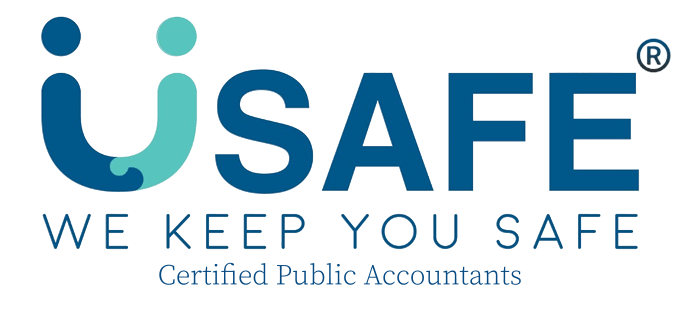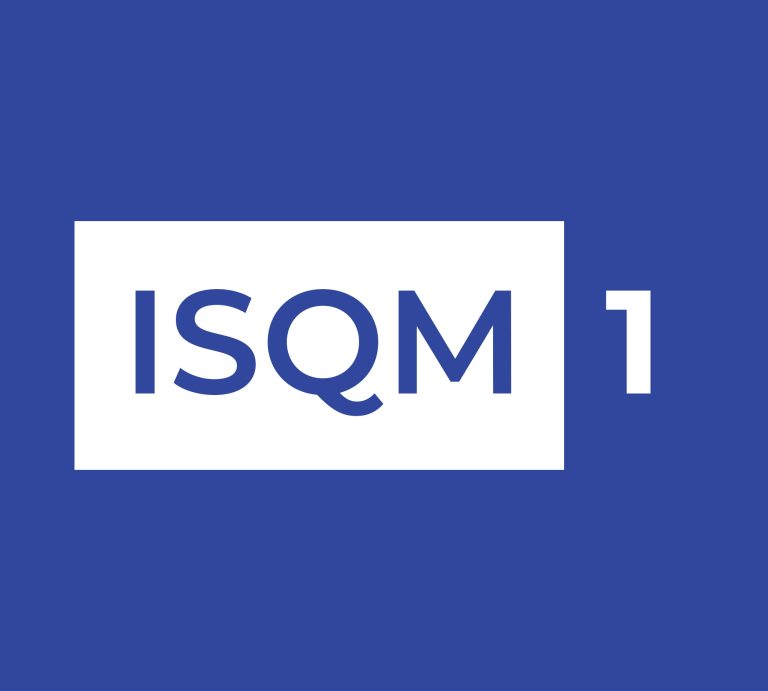Key Differences Between GAAP and IFRS
Introduction
In the realm of accounting, two major frameworks dominate the global landscape: Generally Accepted Accounting Principles (GAAP) and International Financial Reporting Standards (IFRS). GAAP is primarily utilized in the United States, while IFRS has been adopted by most other countries. Although efforts have been made to harmonize these frameworks, several significant differences remain.
Rules vs. Principles
GAAP: Rules-Based Framework
GAAP is a rules-based framework, characterized by detailed and specific guidelines for numerous transactions. This specificity can lead to manipulation, where users create transactions that exploit the rules to achieve favorable financial outcomes. Consequently, GAAP standards are extensive and complex.
IFRS: Principles-Based Framework
In contrast, IFRS is a principles-based framework that sets forth general guidelines, requiring users to exercise judgment in application. While generally less prescriptive than GAAP, IFRS does include rule-based standards in certain areas, such as financial instruments.
LIFO Inventory Valuation
GAAP: Permits LIFO
GAAP allows the use of the Last In, First Out (LIFO) method for inventory valuation, which can result in lower reported income and may not accurately reflect inventory flow.
IFRS: Prohibits LIFO
IFRS prohibits LIFO, advocating for more accurate representations of inventory flow. Both frameworks permit First In, First Out (FIFO) and weighted-average valuation methods.
Fixed Asset Valuation
GAAP: Historical Cost
Under GAAP, fixed assets are recorded at historical cost, net of accumulated depreciation.
IFRS: Revaluation Allowed
IFRS permits the revaluation of fixed assets, potentially increasing their reported value on the balance sheet. While more accurate, this approach demands additional accounting effort.
Write-Down Reversals
GAAP: No Reversals
GAAP mandates that inventory or fixed asset write-downs to market value cannot be reversed if the market value subsequently increases, reflecting a conservative stance.
IFRS: Allows Reversals
IFRS permits the reversal of write-downs, allowing financial statements to reflect positive market value changes.
Development Costs
GAAP: Immediate Expense
GAAP requires all development costs to be expensed as incurred.
IFRS: Capitalization Allowed
IFRS allows certain development costs to be capitalized and amortized over multiple periods, though this can be seen as an aggressive accounting practice.
IASB vs. FASB
FASB: Oversees GAAP
GAAP is maintained by the Financial Accounting Standards Board (FASB) in the United States.
IASB: Oversees IFRS
IFRS is governed by the International Accounting Standards Board (IASB) in England. Despite their separate management, FASB and IASB regularly discuss methodological differences.
Conclusion
Understanding the key differences between GAAP and IFRS is crucial for professionals navigating the global financial landscape. While efforts continue to harmonize these frameworks, the unique characteristics of each standard reflect differing approaches to accounting principles and practices.
USAFE x Genesis Origo to provide you with the resources and support you need to pursue your ACCA qualifications online. With our collaborative efforts, you can embark on a journey towards a better and brighter future. Whether you’re a full-time employee or balancing work and other commitments, our platform offers the flexibility and guidance to help you succeed in your ACCA studies. Let us be your companion on this path to professional growth and advancement.
Disclaimer: This article is for informational purposes only and does not constitute any professional advice. Feel free to contact us to consult with our professional advisors team for personalized advice and guidance.
Sources: https://www.accountingtools.com/articles/the-differences-between-gaap-and-ifrs.html
ACCA Global: https://www.accaglobal.com/gb/en.html
Learning Provider: https://www.genesisorigo.com/






